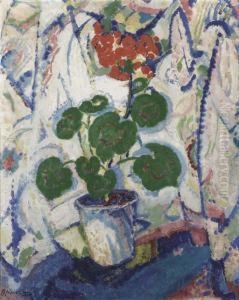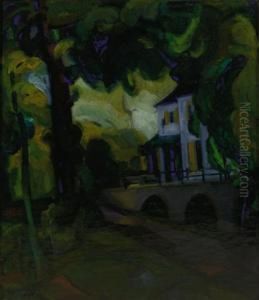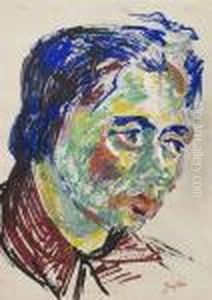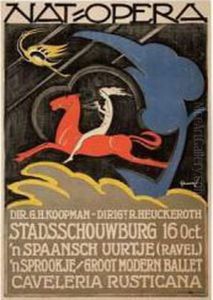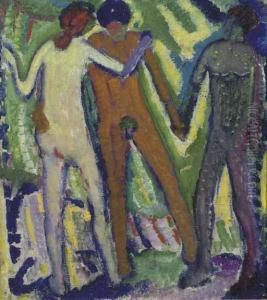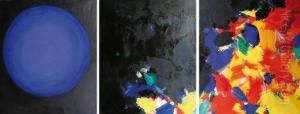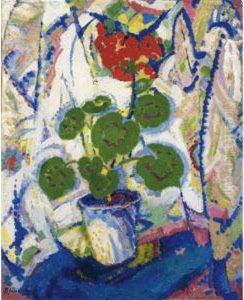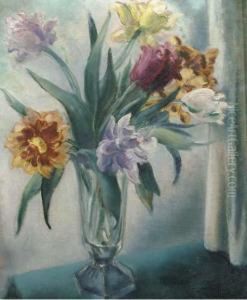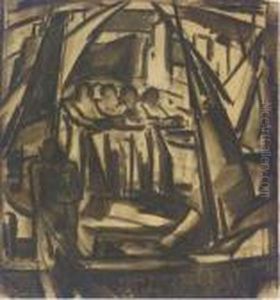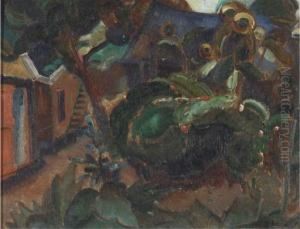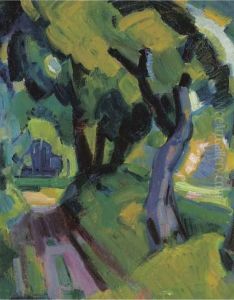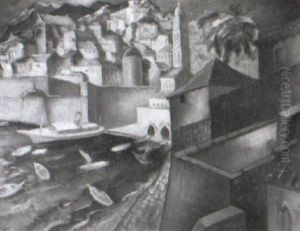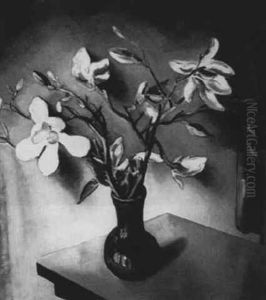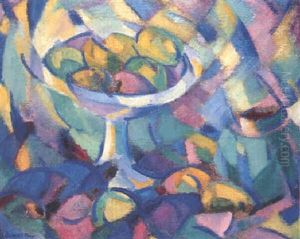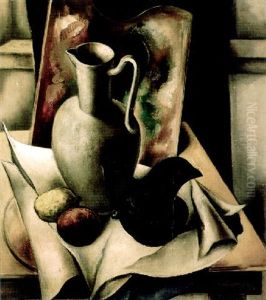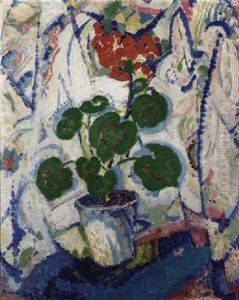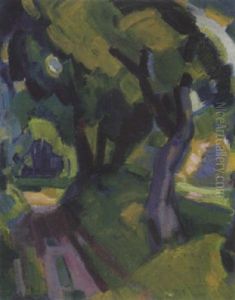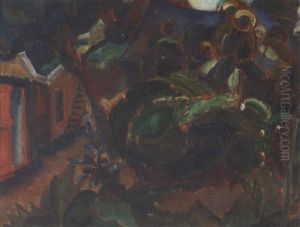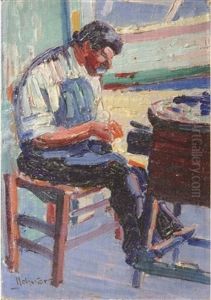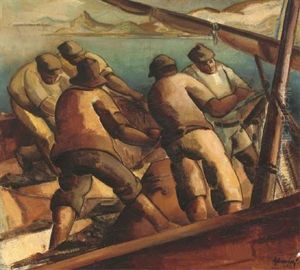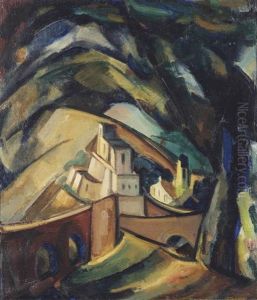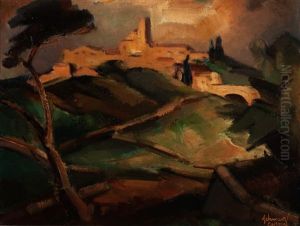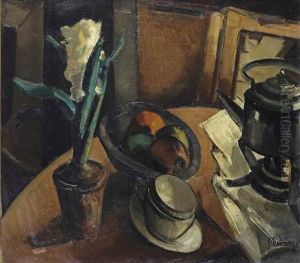Mommie Schwarz Paintings
Mommie Schwarz, born Samuel Lazarus Schwarz in 1876 in Zutphen, Netherlands, was a Dutch painter known for his contributions to modern art, particularly within the Amsterdam Modernism movement. Schwarz's Jewish heritage played a significant role in his life, especially during the tumultuous times leading to World War II. He studied at the Rijksakademie van beeldende kunsten in Amsterdam and later expanded his education and artistic exploration in Paris, which was then the epicenter of the avant-garde.
In Paris, Schwarz was exposed to a wide range of artistic movements and styles, including Impressionism and Cubism, which influenced his developing style. His work often depicted everyday scenes, portraits, and landscapes, characterized by vibrant colors and dynamic compositions. Schwarz's art evolved over time, reflecting the various modernist influences he absorbed during his studies and travels.
Schwarz married Else Berg, a fellow artist, and the couple became prominent figures in the Amsterdam art scene. Together, they were part of a circle of artists who sought to innovate and push the boundaries of traditional art forms. Their home became a meeting place for many avant-garde artists of the time.
However, the rise of Nazism and the outbreak of World War II profoundly affected Schwarz and his wife. As Jews, they faced increasing persecution under the Nazi occupation of the Netherlands. Tragically, both Mommie Schwarz and Else Berg were killed in the Holocaust in 1942.
Despite the tragic end to his life, Mommie Schwarz's work continues to be celebrated for its contribution to modern art. His paintings are held in various collections and museums, testament to his enduring legacy in the Dutch and European art scenes. Schwarz's art is remembered not just for its aesthetic qualities but also as a poignant reminder of the cultural and human losses suffered during the Holocaust.
